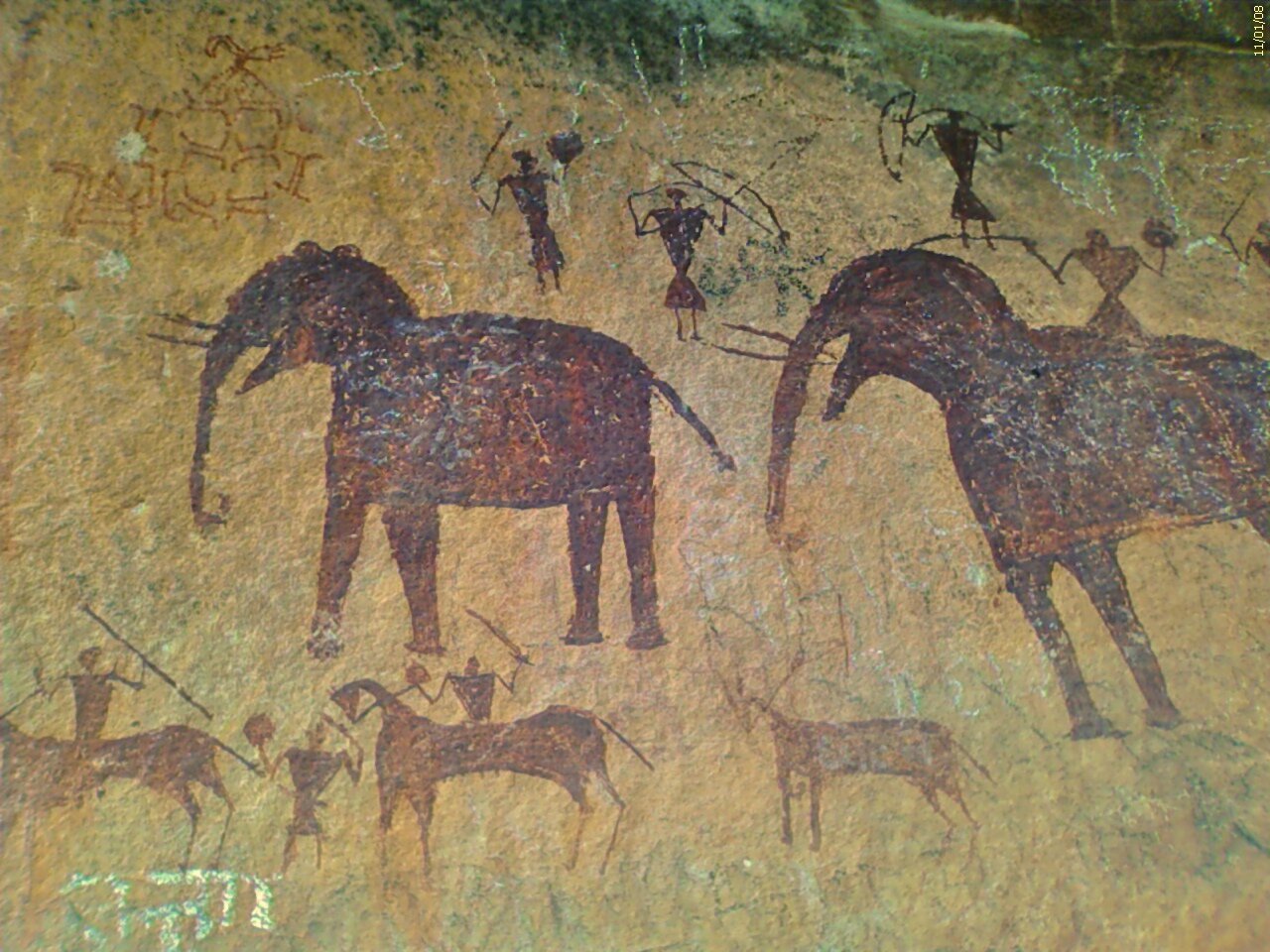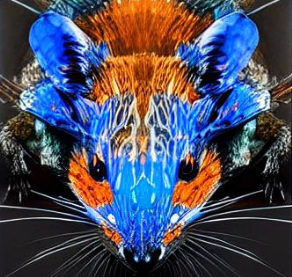The topographical features of the cave walls could also have inspired the artists’ imagination. Cave dwellers may have experienced pareidolia, the psychological phenomenon of seeing unintentional forms in nature, like seeing shapes in clouds. If a bulge of rock looks a little like a horse’s head, the artist might imagine the complete form, filling in the rest of the details.
For example, one newly discovered horse image measures around 460 x 300mm and is painted in red using variably spaced dots. It depicts the head with the corner of the mouth, an eye, an ear, and the beginning of the cervico-dorsal line. The figure makes use of natural features of the cave wall, with cracks in the rock incorporated into the outlines of the head and chest. The cervical-dorsal line adapts to a concave area of the wall.
I guess previously scientists were looking at the art like how you or I might look at a horse drawn on a piece of paper, but some of the art was more like going up to a funny rock sort of shaped like a horse, and adding onto it/altering it in order to show others how much like a horse (or whatever) the funny looking rock is.
Which kind of crossing between artistic mediums, from 2D painting to something more like sculpture.
Anyway, this is cool. I didn’t really consider that someone might do that with their art before reading this article.
I’ve visited several caves with Neolithic art in France and the way they used natural cave forms to accentuate the art was always called out. Holding a flickering torch at various angles would make the animals appear to move and dance.




